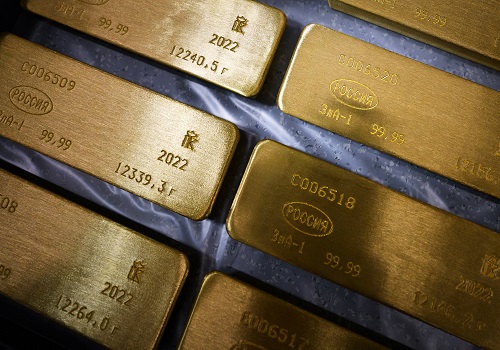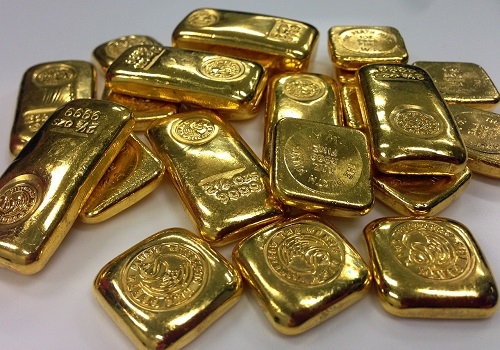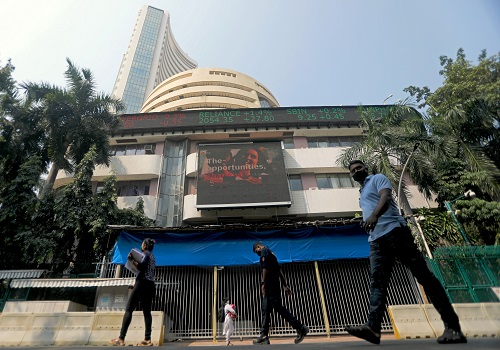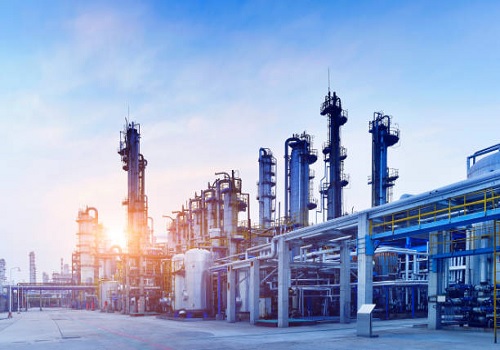Aluminium Report by Amit Gupta, Kedia Advisory

Follow us Now on Telegram ! Get daily 10 - 12 important updates on Business, Finance and Investment. Join our Telegram Channel
• Price Increase: Aluminum prices rose by over 2% in a month, which could be attributed to various factors impacting the market.
• SHFE Stocks: Stocks of aluminum on the Shanghai Futures Exchange (SHFE) fell below 100,000 tons, reaching their lowest level since December. A decrease in aluminum inventories can signal potential supply constraints, which may support higher prices.
• PBoC Reserve Requirement Cut: The People's Bank of China (PBoC) implemented a reserve requirement ratio cut for the second time in the year. Such monetary policy adjustments can influence economic conditions and, subsequently, demand for aluminum.
• Chinese Economic Data: China's industrial production recorded a year-on-year increase of 4.5% in August, surpassing expectations. This positive economic data can signify potential growth in industrial activities, including aluminum usage.
• Retail Sales and Factory Output: Both retail sales and factory output in China exhibited faster growth in August, which can contribute to increased aluminum demand.
• Aluminum Imports: China's aluminum imports in August rose, possibly reflecting hopes of increased demand.
• European Demand: There were reports of Europeans reducing their purchases of Russian aluminum. International trade dynamics can influence global aluminum markets. expectations.
• Demand Dynamics: Aluminum demand has been affected by the economic recovery in China following the COVID-19 pandemic. Economic conditions can directly impact aluminum consumption in various sectors.
• Record Production: China achieved record-high monthly aluminum production in August, indicating the scale of its aluminum industry.
• US Aluminum Production: Primary aluminum production in the United States reflected sequential growth in the second quarter of 2023. This production data can be indicative of domestic supply trends.
• Yunnan Aluminum Production: Yunnan province in China began ramping up energy-intensive aluminum production after the end of power curbs. This reflects the influence of energy policies on aluminum production.
• Currency and Economic Sentiment: The strength of the US dollar and concerns about higher interest rates globally can affect commodities, including aluminum. Economic sentiment and currency movements often play a role in price fluctuations.
• Seasonal Factors: Seasonal strength and restocking activities in the aluminum market may occur, particularly toward year-end.
• Property-Supportive Policies: Property-related policies, such as adjusted interest rates to incentivize home purchases, can impact aluminum demand, as the construction sector is a major consumer of the metal.
• Commerzbank Forecast: Commerzbank adjusted its aluminum price forecast for the end of 2023, lowering it from $2,600 per ton to $2,400 per ton, indicating evolving market expectations.
Relative Strength Index As per the Weekly chart of Aluminum, RSI (Relative Strength Index) is currently trading at 52.09, which suggests that it has arrived in the zone where the uptrend may continue. As per our analysis, we can say, the trend has started moving towards the upside and traders should avoid creating short positions and be bullish at this level. Fisher Transform As per the technical indicator Fisher Transform on the Weekly chart of the Aluminium, we can see the value of which is at 1.07 which shows that currently the market is bullish. Traders could look at this reading as an indication to hold their long positions as well as could look to add new positions. Choppiness Index As per the Weekly chart of Aluminum, Choppiness Index is showing that prices are in very high volatility zone. Moving average As per the Weekly chart, the Aluminum price is trading at 205 level, which is below 50 simple moving average of 206.4 and above 200 simple moving average of 192.3, which means prices are in between both simple moving average where 200SMA act as a strong support and 50SMA act as a strong resistance. MACD MACD is trading below baseline trending up suggesting the bearish trend will not sustain for long. A bullish crossover is seen as MACD crossing above the signal line indicating the trend reversal. Further, bullish move can be expected once prices cross above the baseline. Traders should look for buying opportunities and avoid taking short positions. Outlook Aluminium prices trading around 205 level, prices are currently trading below the 50-day moving average and above 200-day moving average. Prices trading above 202 level may lead prices towards 215 to 222 levels in coming months while below 194 levels prices looks to get support at 188 levels.










More News

Quote on Gold Crude by Kaynat Chainwala, AVP-Commodity Research, Kotak Securities





 320-x-100_uti_gold.jpg" alt="Advertisement">
320-x-100_uti_gold.jpg" alt="Advertisement">








